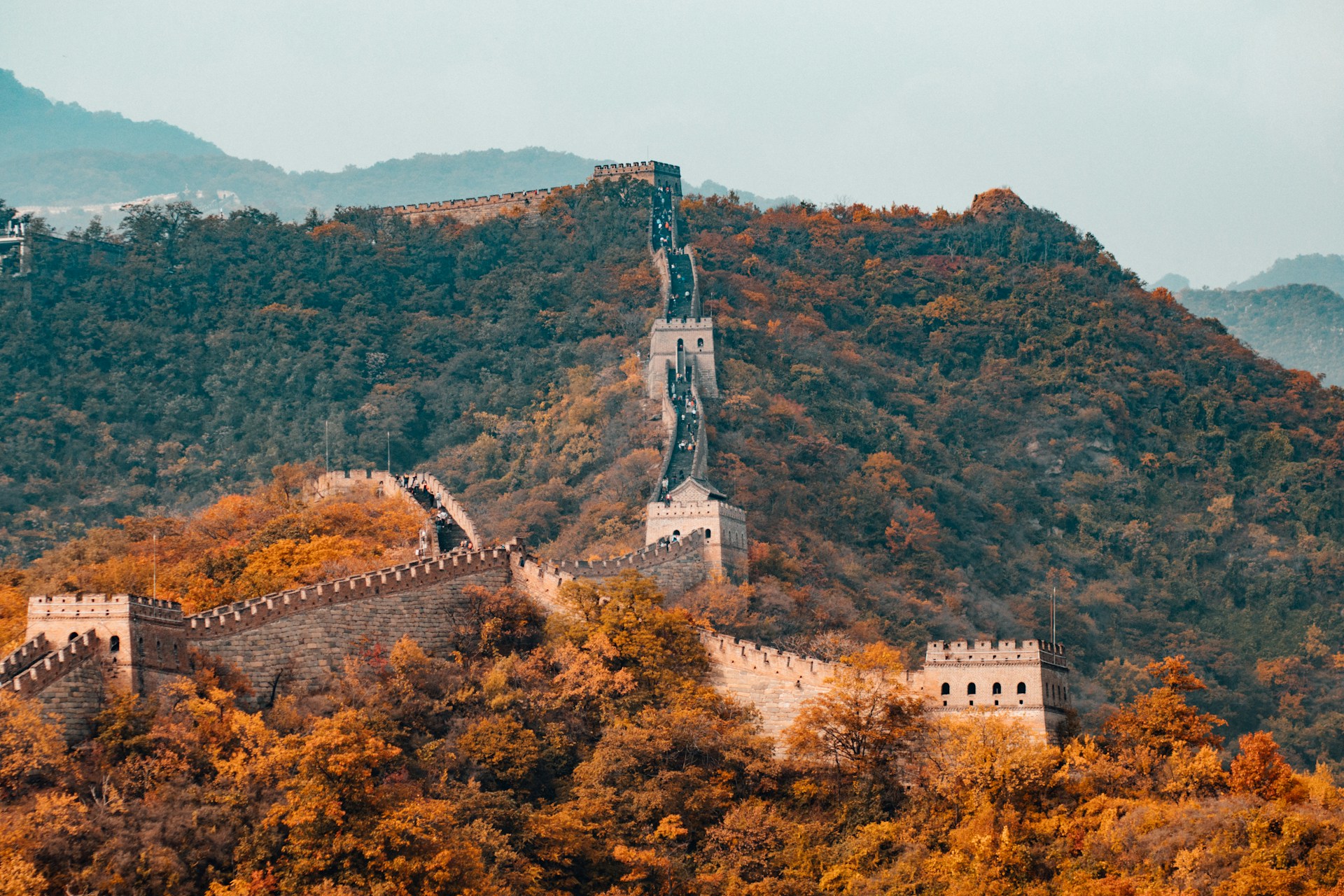International Trade performance by Country and Industry
International slowdown involves all major economies, weighing on intermediate and investment goods.
Published by Marzia Moccia. .
Global demand Macroeconomic analysis Intermediate goods Trade war Uncertainty Conjuncture Slowdown Global economic trends
Since the beginning of 2019, international trade has turned to a significant stagnation phase, as anticipated in the article "Protectionism and Weaknesses in global economy: evidence from international trade".
International trade slowdown is involving numerous industries and geographical areas.
In order to read this dynamics more clearly, the following graphs show the average growth rate recorded during 2018 on the x-axis and the growth rate recorded in the first 9 months of 2019 on the y-axis. Countries and Industries experiencing the sharpest slowdown are located in the bottom-right corner of the graph, below the yellow line.
Global slowdown by geographical area
As you can see in the graph below, global demand slowdown - measured in terms of volume - is affecting both large producing countries and different developing economies, reflecting a slowdown in international production activity.
Source: ExportPlanning.
Among developed countries, intra-EU commercial flows are experiencing the most significant deceleration, along with Japan and Hong Kong imports. The economic slowdown is accompanied by elements of internal weakness, such as the difficulties of the automotive sector in the case of Europe and Japan, and geopolitical issues in Hong Kong.
US and Canada imports remained stable.
For the US, the trade war does not seem to have had significant effects on the country's imports measured in volume. However, a major difficulty is signaled by the Chinese economy. Among emerging economies, China is showing the greatest deceleration: with a growth rate close to 10% in 2018, in the first nine months of the year Chinese imports (measured at constant prices) report a contraction of 1.5%. The country of the Dragon is, in fact, heavily affected by the dynamics of the trade war with the United States. Chinese demand for investment goods has suffered a major decline due to the intensification of trade tensions.
Global slowdown by industry
The negative influence of trade war on investor expectations is particularly evident when analyzing the performance of world trade from an industry perspective.
Source: ExportPlanning.
As shown by international trade flows, capital goods and intermediate goods are the products that suffered the most significant deceleration throughout the year.
The direct effects of US-China trade war are particularly evident in the performance recorded by international flows of Electronic goods, as ICT equipment and electronic components are the industries most affected by US tariff measures.
For capital goods, the most significant contraction was reported by Machines and plants for industrial processes, while Industrial plants and Industrial equipments showed substantial stability. The international investment cycle slowdown affected the goods destined to industry, causing a strong deceleration of global trade flows.
The slowdown of raw materials trade has a negative impact on international trade trends, as well. The bearish expectations on raw material prices, a barometer of the current weakness of the international economic situation and growing uncertainty, have in fact led economic operators to be very cautious in their supply decisions.
Consumer goods are experiencing an opposite trend, a result which is in line with the growth rates recorded during 2018. Agri-food products and household goods are proving to be the most resilient industries in the current international situation; health goods remained in positive territory too, signaling the continuation of the expansion phase of the industry, albeit at lower rates.
The world trade trend analysis underlines how trade war has turned out to be a serious threat to global growth, mainly due to the indirect effects linked to business expectations.
This dynamics intensifies the phase of weakness in the manufacturing industry, which had to respond simultaneously to important structural transformations of its production processes (e.g. the automotive disruption), and generates a dangerous descending vortex on the current global economic situation.


